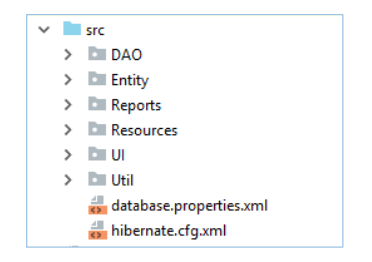MVC Architecture
MVC Architecture
Model–View–Controller (MVC) was the architecture used to develop the system. MVC is a software architectural pattern for implementing user interfaces. It divides a given software application into three interconnected parts, so as to separate internal representations of information from the ways that information is presented to or accepted from the user. MVC is a most applying design pattern because of its flexibility & other central usages.
It is reusable & expressive that allows more readable & mobile [11] .
Following figure shows a diagram of MVC Architecture.
Model
Model represents an object or java POJO carrying data. It can also have logic to
update controller if its data changes. This layer is independent from other system
layers such as, View and Controller. It also governs the rules to access the data objects
and perform any kind of operation on them. It knows all details about data which
needed to be displayed.
View
View represents the visualization of the data that model contains. Whenever the
model’s data changes, the model notifies views that depend on it. This layer is
independent from application logic. A view must ensure that its appearance reflects the
state of the model.
Controller
Controller acts on both model and view. It controls the data flow into model object
and updates the view whenever data changes. It keeps view and model separate. This
layer is independent from application logic. Below figure 4.2 shows the MVC
architecture and flow of the layers.
Project source code is modularized to follow these MVC architecture. So source code is divided in to Packages.
Entity - ( Modal )
DAO – ( Controller )
UI – ( View )


Comments
Post a Comment